LandPKS Learning: Topic
Understanding Soil Health
The LandPKS SoilHealth module is designed for data input and tracking of dynamic properties of soil that are important for productivity and sustainability. The SoilHealth Module is useful for farmers, gardeners, and other land managers who are interested in tracking their land’s soil health indicators. Soil health indicators, when observed over time, can provide land managers with critical information about how management practices are affecting their soil’s health.

Soil Health 1 - Introduction to the Indicators
Learn about the indicators of soil health included in the LandPKS app.
Duration: 5:28
Watch the video
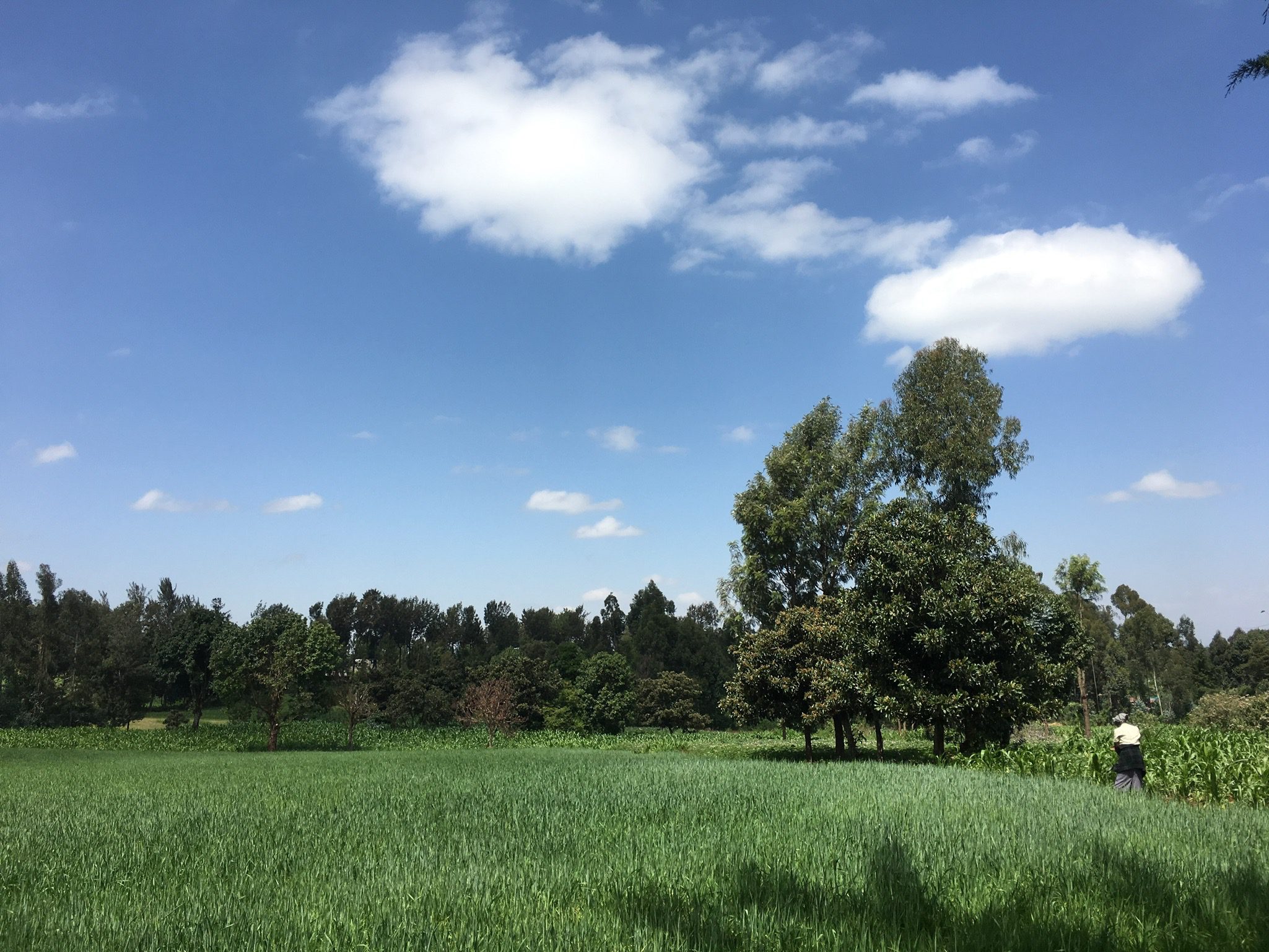
Soil Health 2 - Setup & Soil Cover
Soil Cover is the percent of soil surface covered by live plants, dead plant material, or organic mulch. This indicator can be evaluated in 3 different ways
Duration: 4:02
Watch the video

Soil Health 3 - Residue Breakdown
Residue Breakdown is the rate of decomposition as indicated by many environmental and soil conditions. These include soil microbial community, chemical and physical characteristics of the residue, soil water content, soil temperature, and soil aeration. The indicator is evaluated by comparison of expectations for similar soil, topography, climate, and residue type, on a scale of “much greater than expected” to “none or very little.”
Duration: 1:35
Watch the video
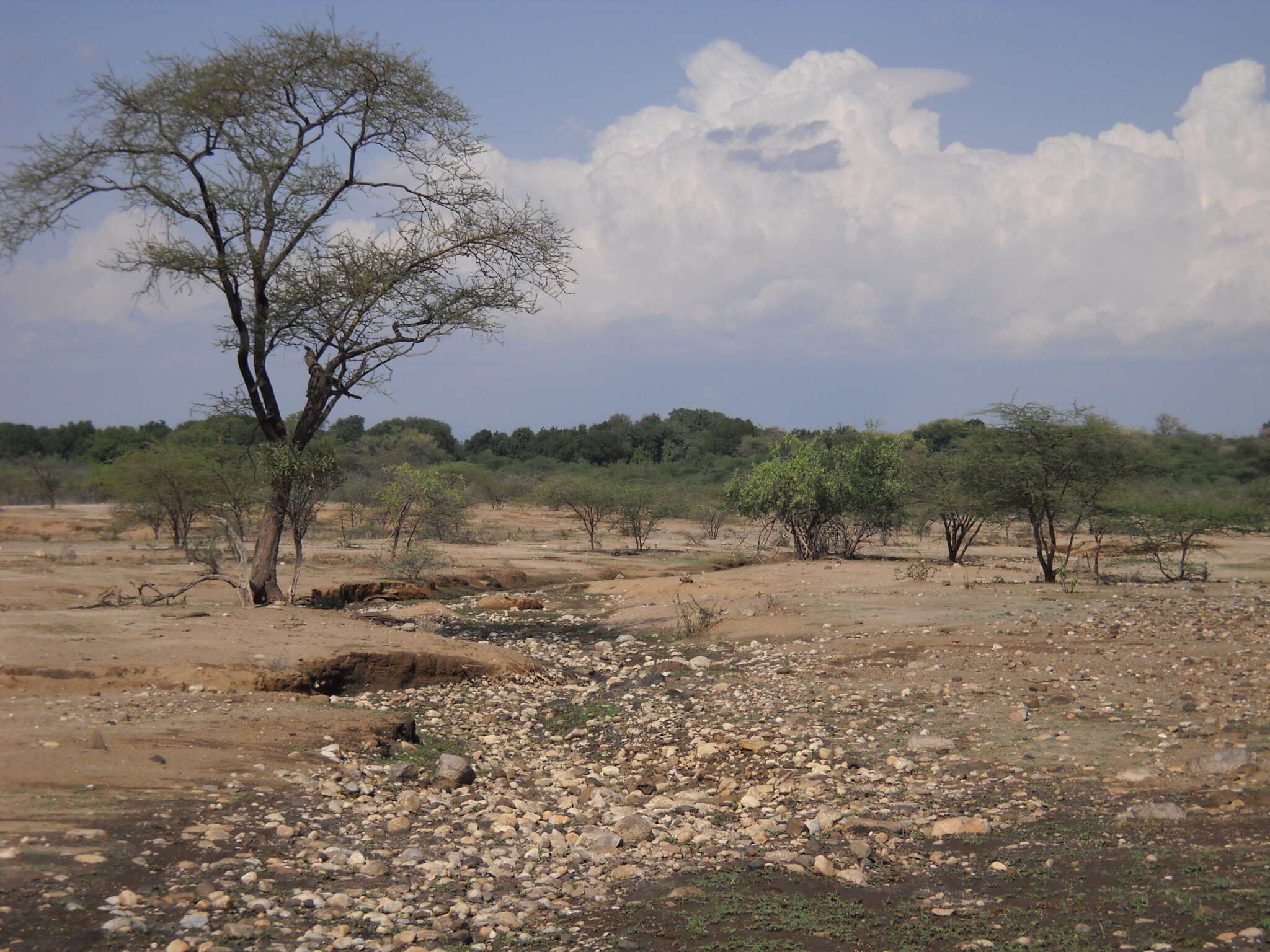
Soil Health 4 - Surface Crusts
Surface Crusts are thin layers of soil at the soil surface that have different physical and/or chemical characteristics than the underlying soil. There are 3 types of crusts: Biological, Chemical, and Physical. Physical crusts can be either Structural (formed by water) or Depositional (caused by deposited soil particles).
Duration: 3:53
Watch the video
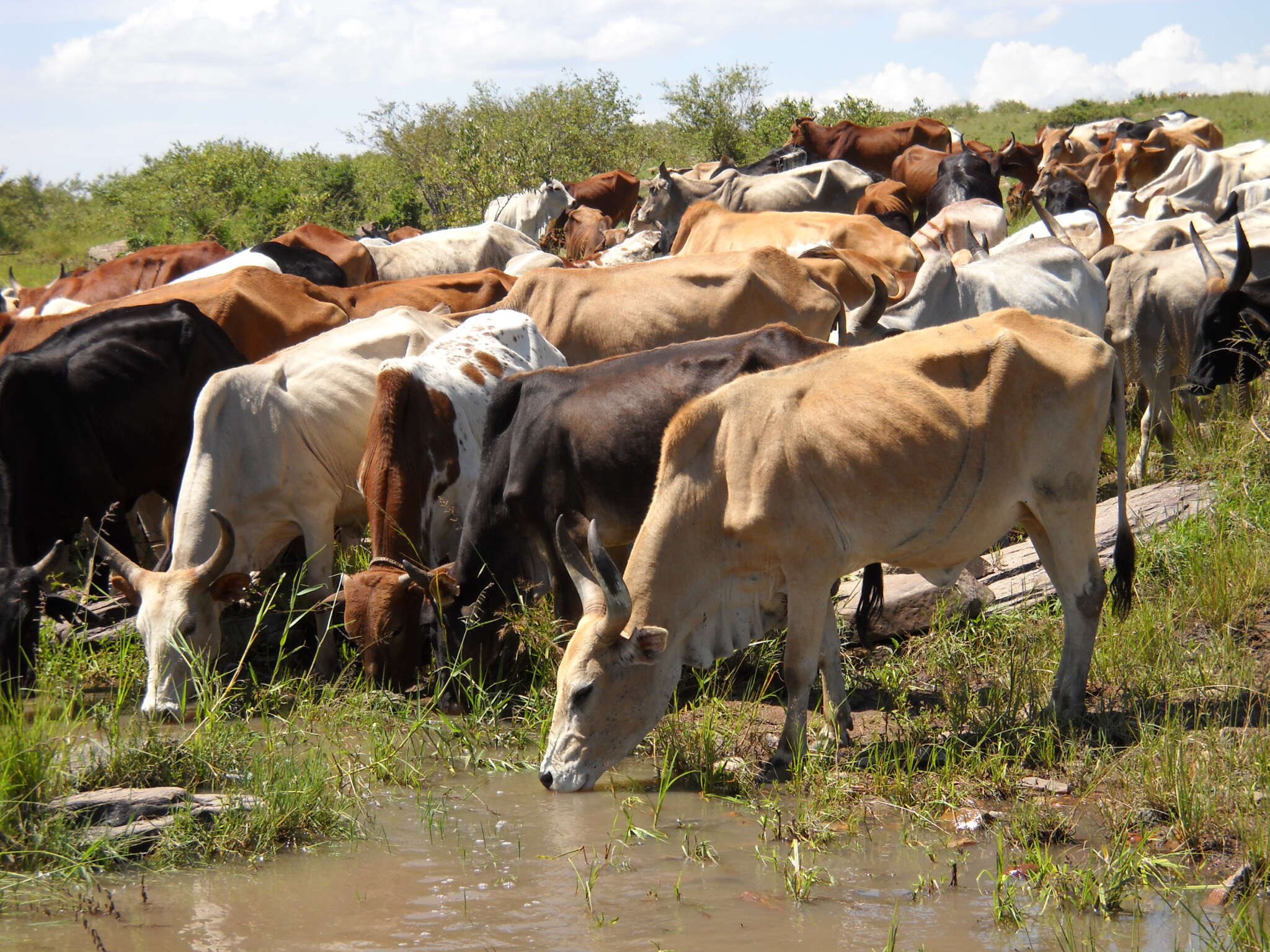
Soil Health 5 - Ponding
Ponding is the soil characteristic that shows the extended periods that standing water stays on the soil surface. It can be an indicator of crusts, poor soil structure, poor aggregate stability, compaction or inherent soil properties, and/or landscape position. Ponding is measured by duration.
Duration: 1:30
Watch the video
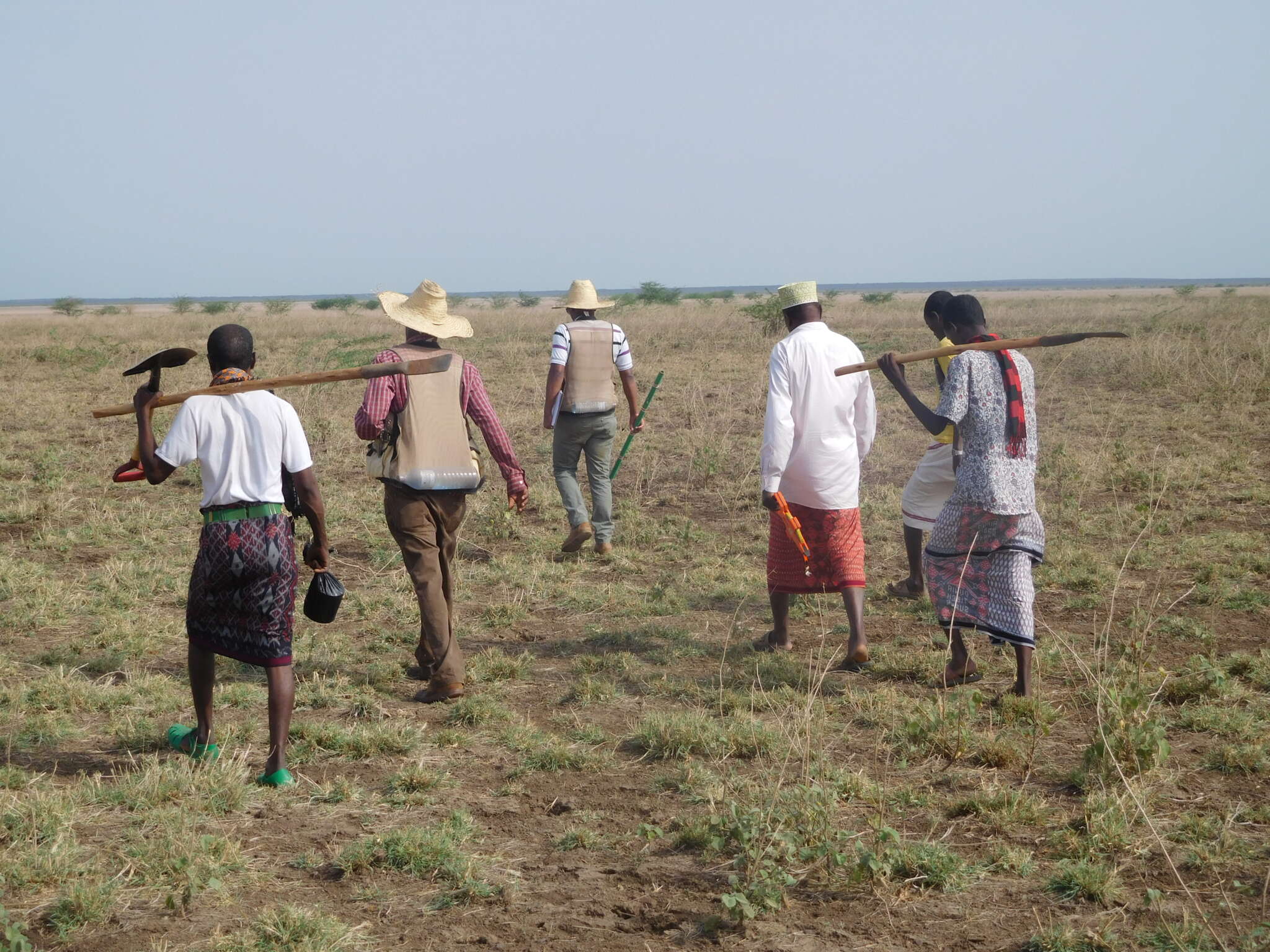
Soil Health 6 - Root Restriction
Root Restriction is a near-surface layer of dense soil that is hard for plant roots and water to penetrate. These can be naturally occurring or human-caused. Root restriction measurements can be recorded in 3 ways.
Duration: 5:56
Watch the video
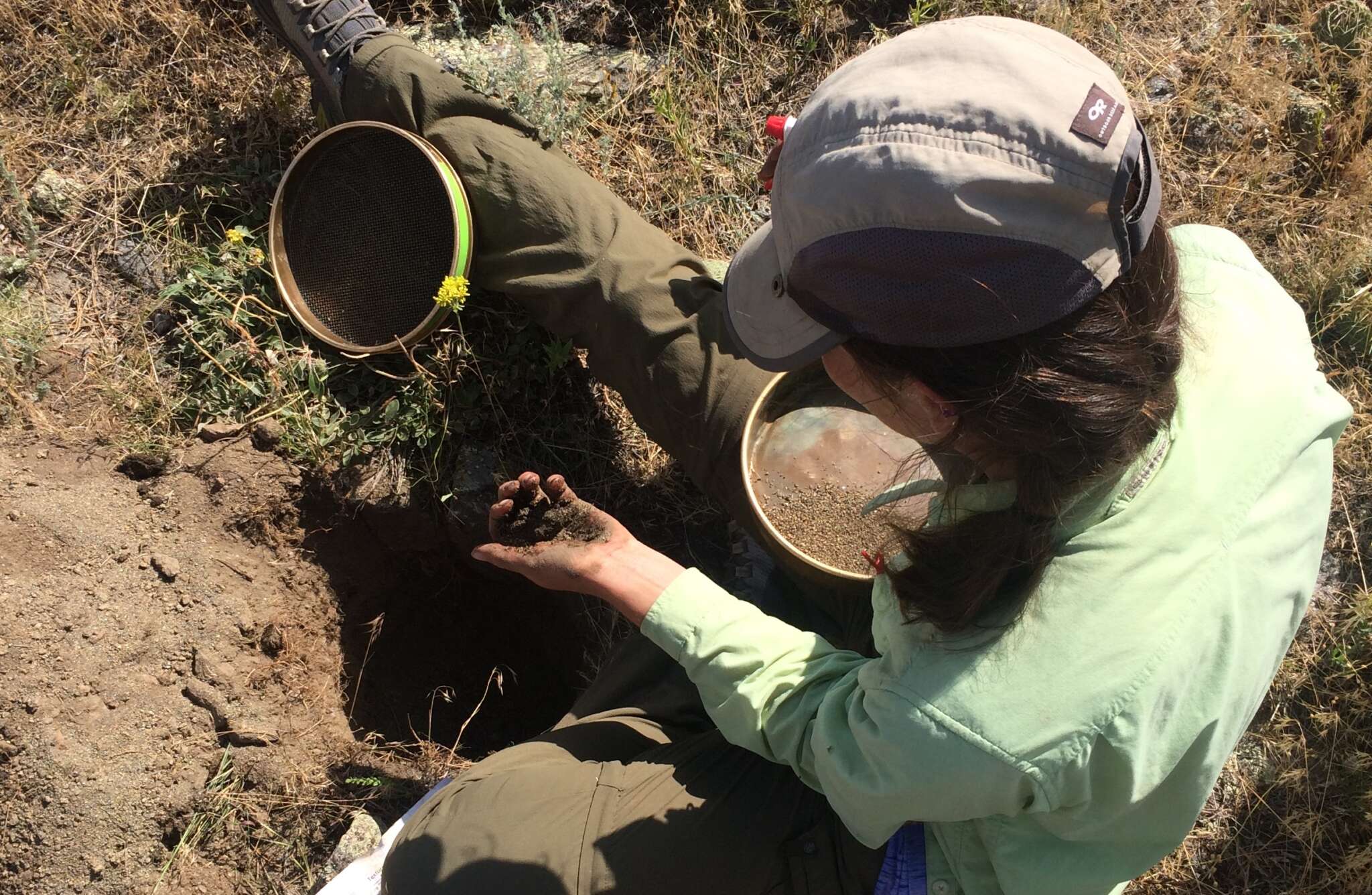
Soil Health 7 - Aggregate Stability
Aggregate Stability is the ability of soil aggregates to resist collapsing into smaller pieces due to tillage, wind, or water erosion. This indicator is measured by using the Cylinder method, Strainer Method, and/or a Soil Stability Kit.
Duration: 5:40
Watch the video
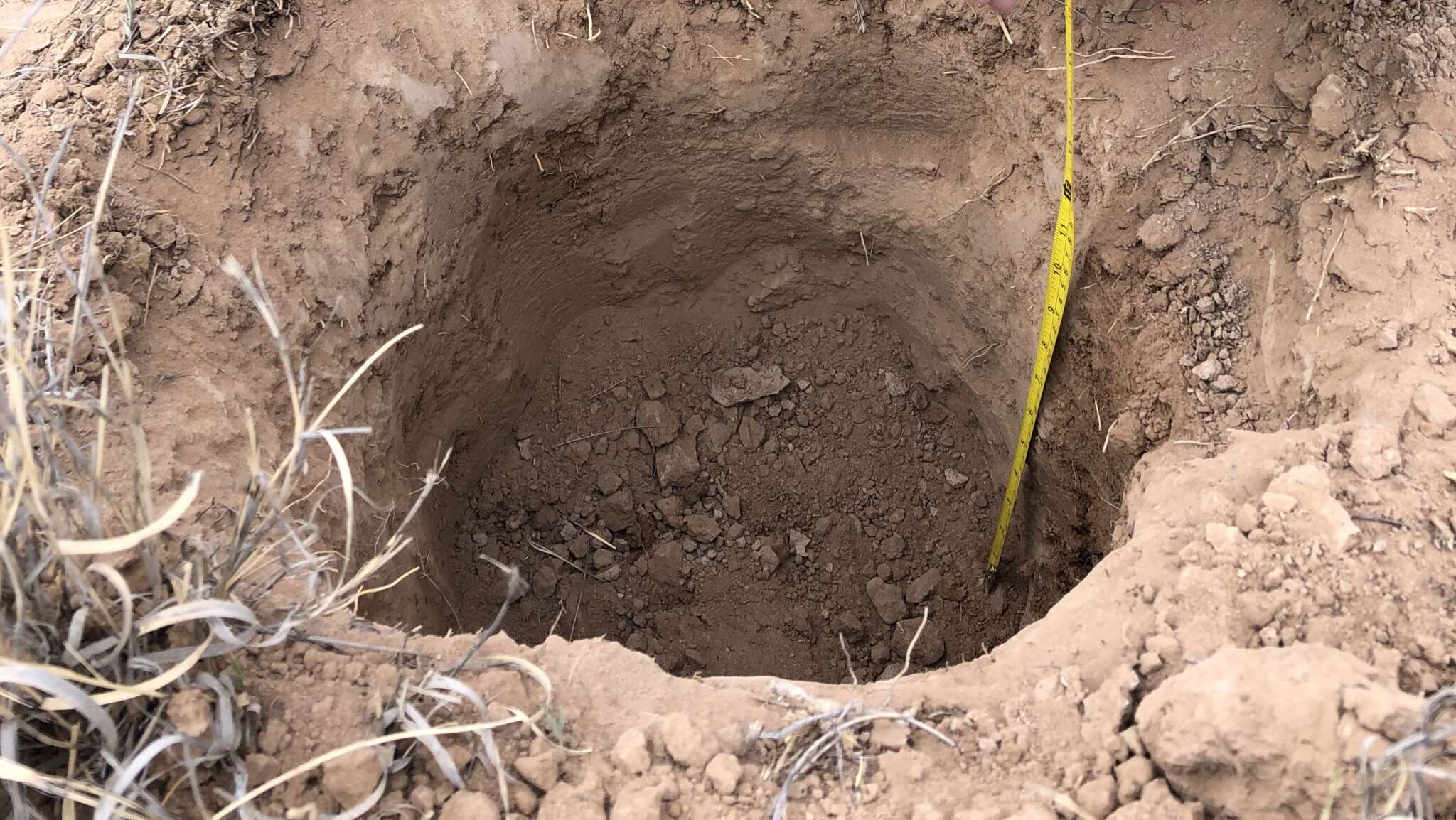
Soil Health 8 - Soil Structure
Soil Structure is the grouping of soil particles into aggregates. These can occur in different patterns, resulting in different soil structures. They influence the pore space in the soil and how easily air, water, and roots can move through the soil. This indicator is evaluated by identifying the soil structure type.
Duration: 1:49
Watch the video
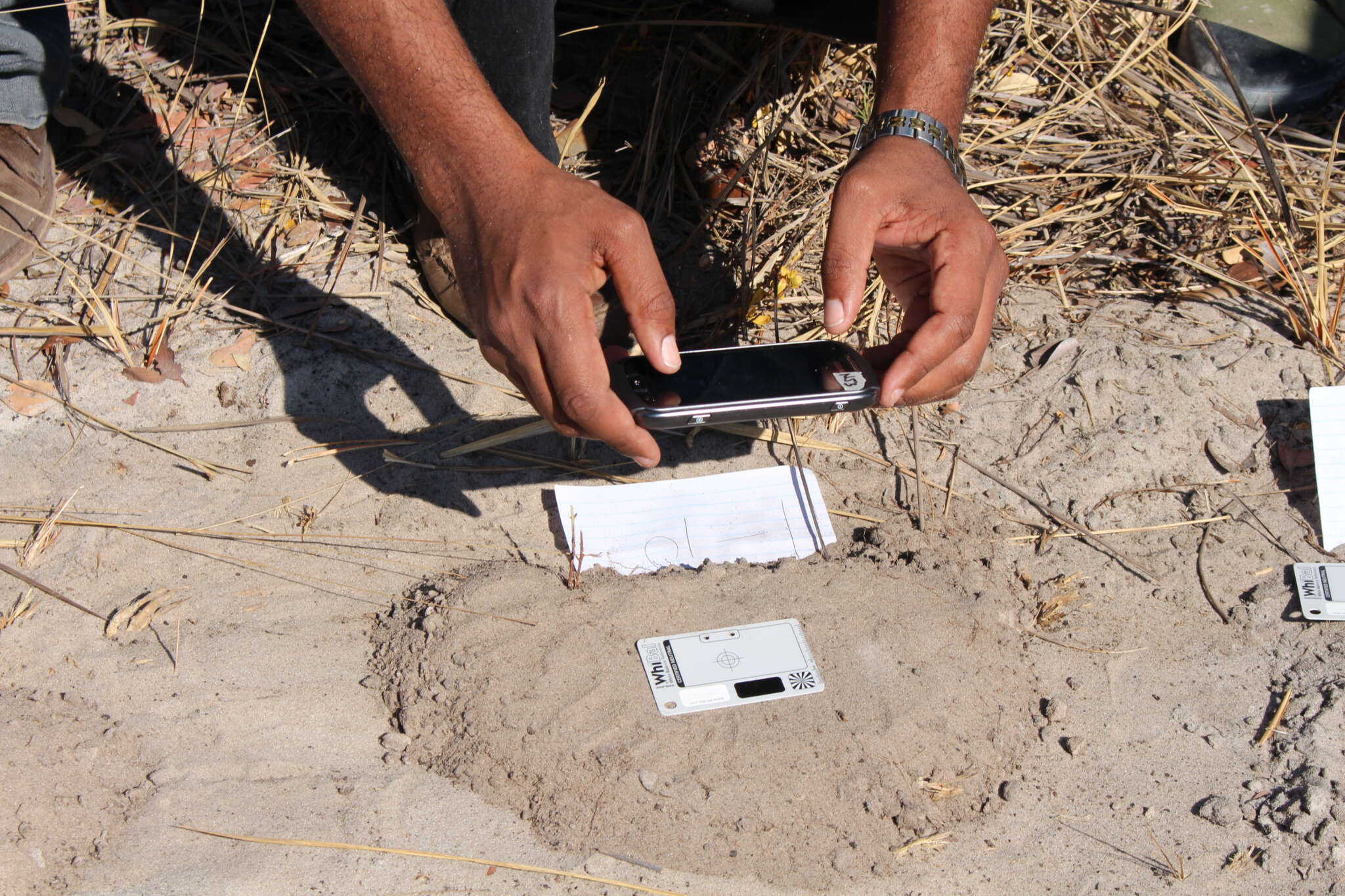
Soil Health 9 - Soil Color
Soil Color is a physical soil property that gives an indication of the various processes occurring in the soil, as well as the type of minerals in the soil.
Duration: 2:03
Watch the video
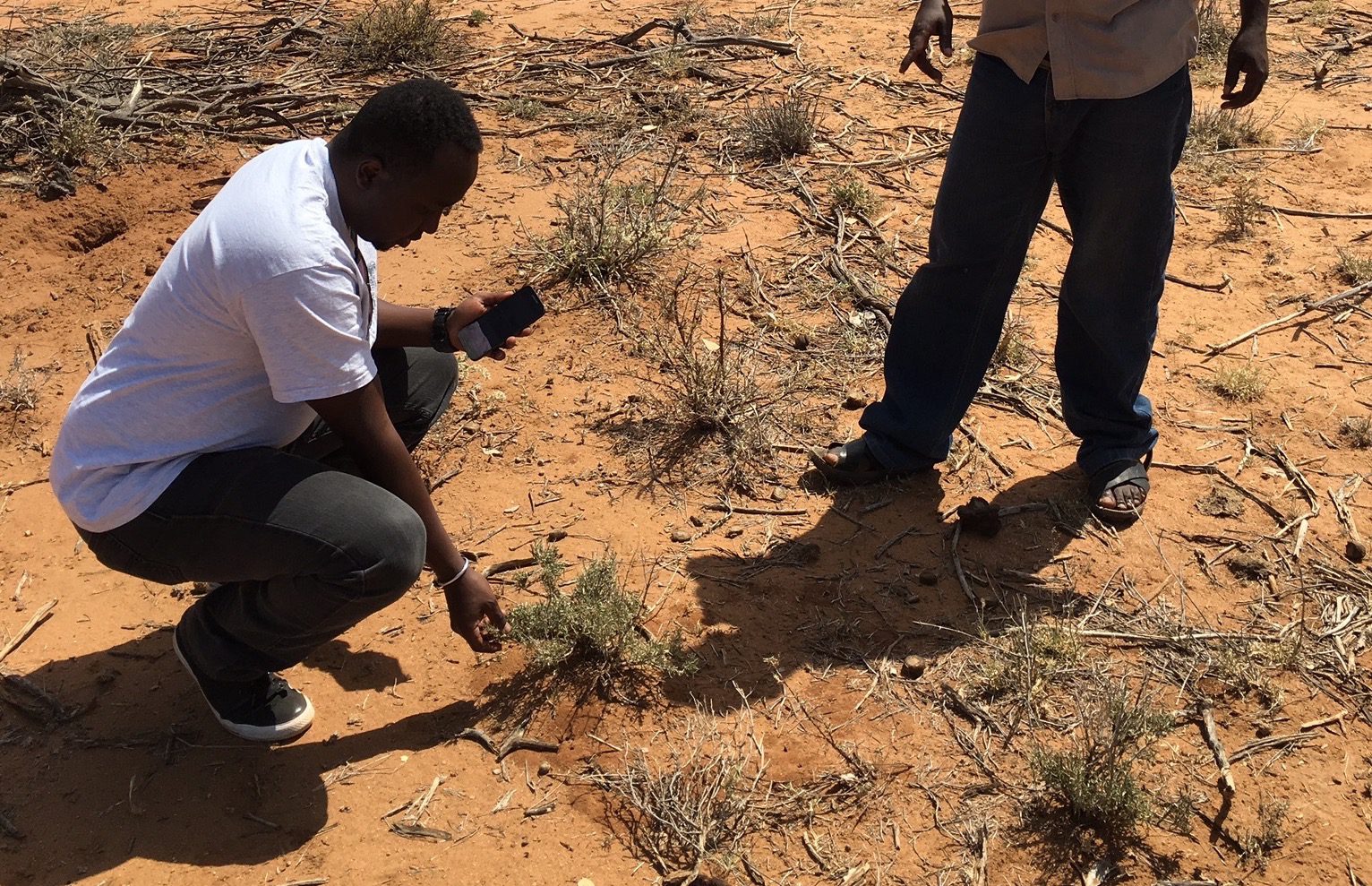
Soil Health 10 - Plant Roots
Plant Roots anchor the plant, absorb water and nutrients, store food and nutrients, and move water and nutrients to the stem. This indicator is evaluated by checking all the root characteristics that apply.
Duration: 2:37
Watch the video
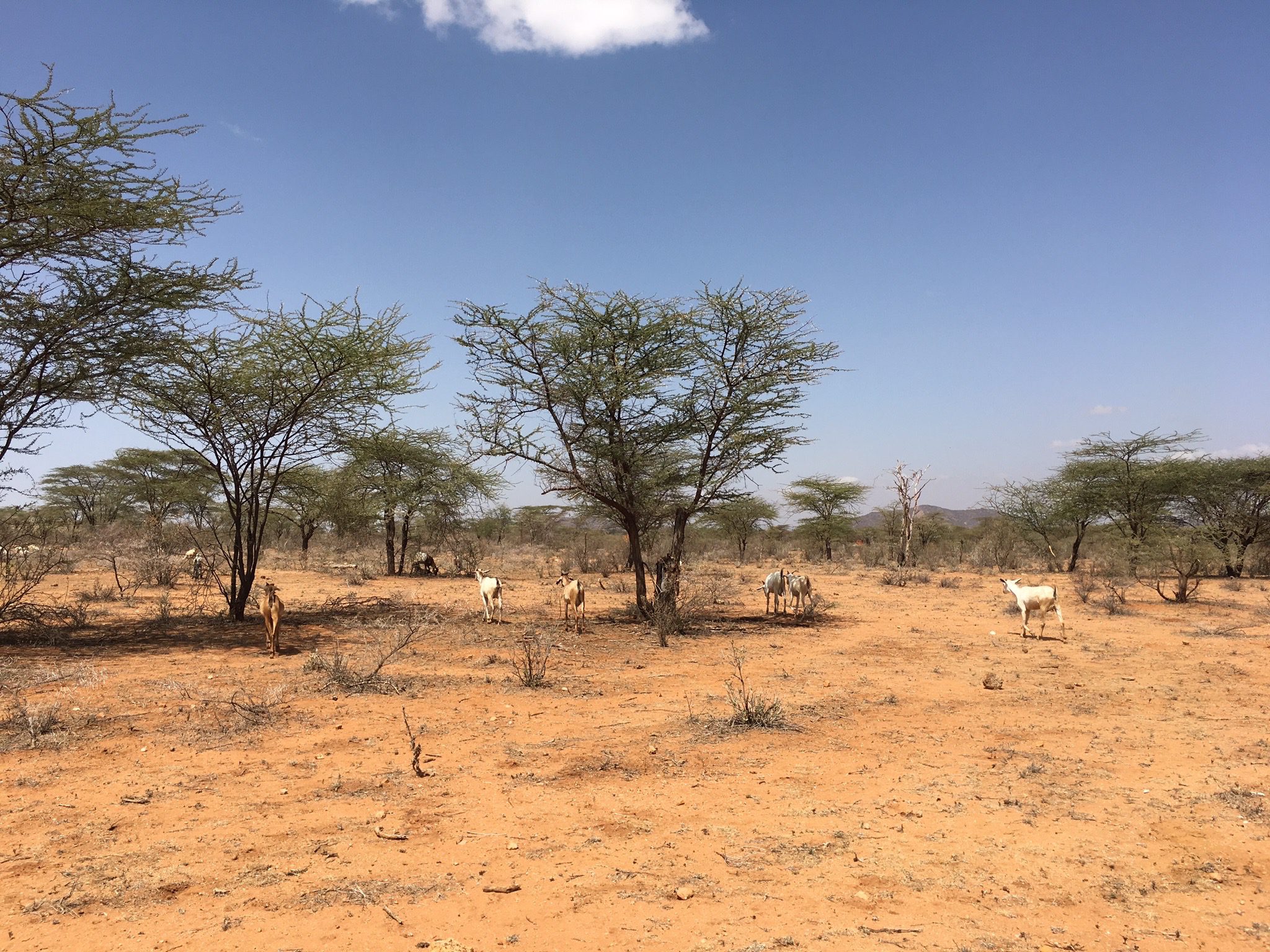
Soil Health 11 - Biological Diversity
Biological Diversity affects soil structure and therefore water availability by performing many vital functions such as converting dead and decaying organic matter and minerals to plant nutrients. This indicator is evaluated by identifying the amount of soil diversity present, from “numerous” to “none.”
Duration: 1:23
Watch the video

Soil Health 12 - Biopores
Biopores are channels in the soil that are formed by the activity of plant and animal life. They allow air and water to move through the soil and are pathways for root growth. The indicator is evaluated by recording the number of biopores in a 10 x 10 cm area.
Duration: 2:03
Watch the video
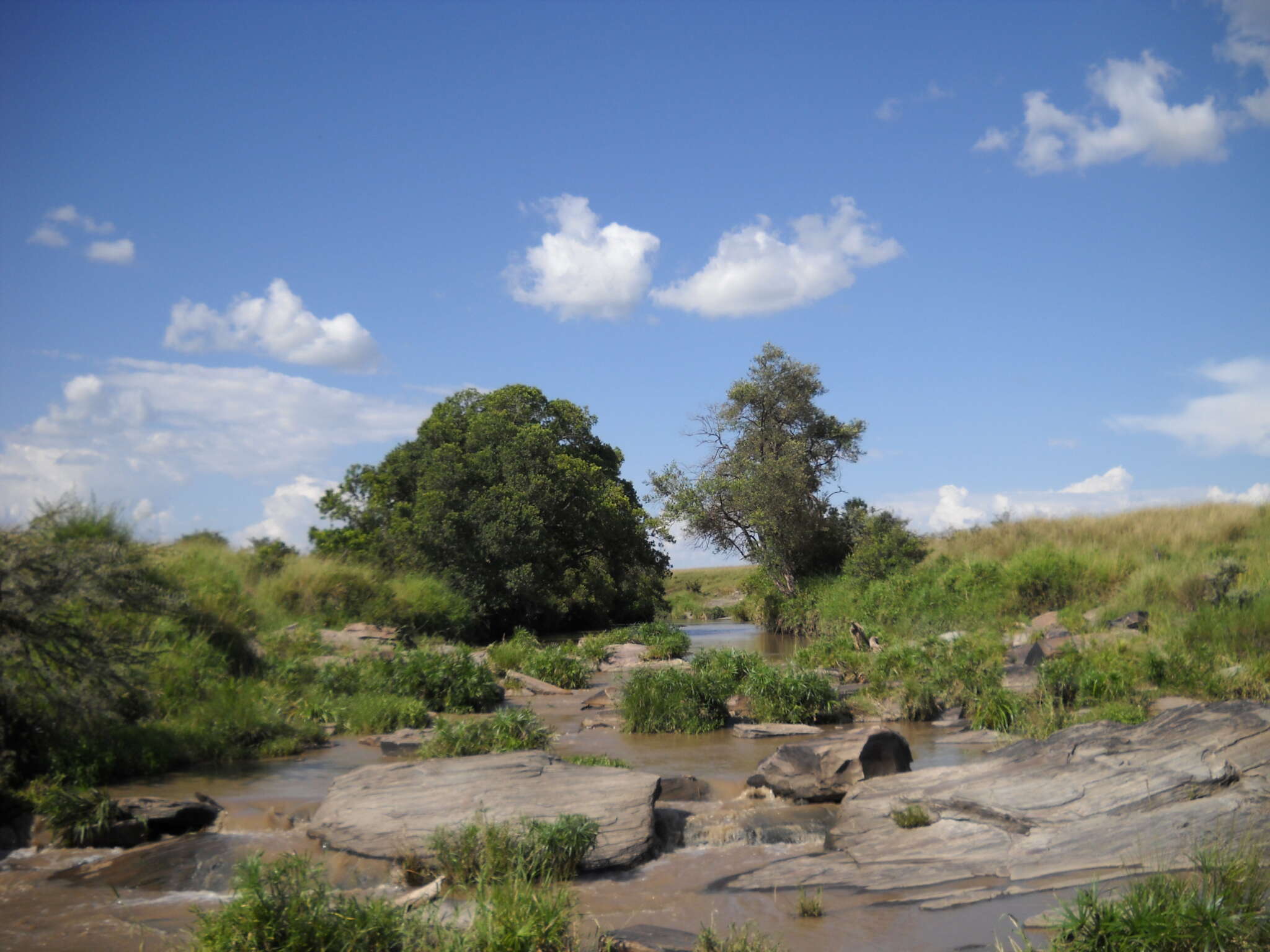
Soil Health 13 - Runoff & Erosion
Runoff and Erosion reflect soil movement and loss from the site. It can be used to detect excessive runoff, which can reduce the water availability for plants. The indicator is evaluated by identifying the extents of three characteristics found at the site.
Duration: 2:01
Watch the video

Soil Health 14 - Soil Smell & Further Resources
Soil Smell may indicate numerous inferred characteristics of the soil. This can mean the presence or lack of biological activity and/or poor soil structure. The indicator is determined by selecting one of three distinct scents.
Duration: 1:13
Watch the video

Soil Health 15 - Water Infiltration
Water infiltration is a measure of how quickly soil absorbs water from the surface. This indicator is evaluated by timing how long it takes soil to absorb a given amount of water in an area.
Duration: 7:12
Watch the video
Mobile App | Data Portal | Knowledge Hub | Habitat Hub | Learning Collections | Blog | About | Contact | Support



